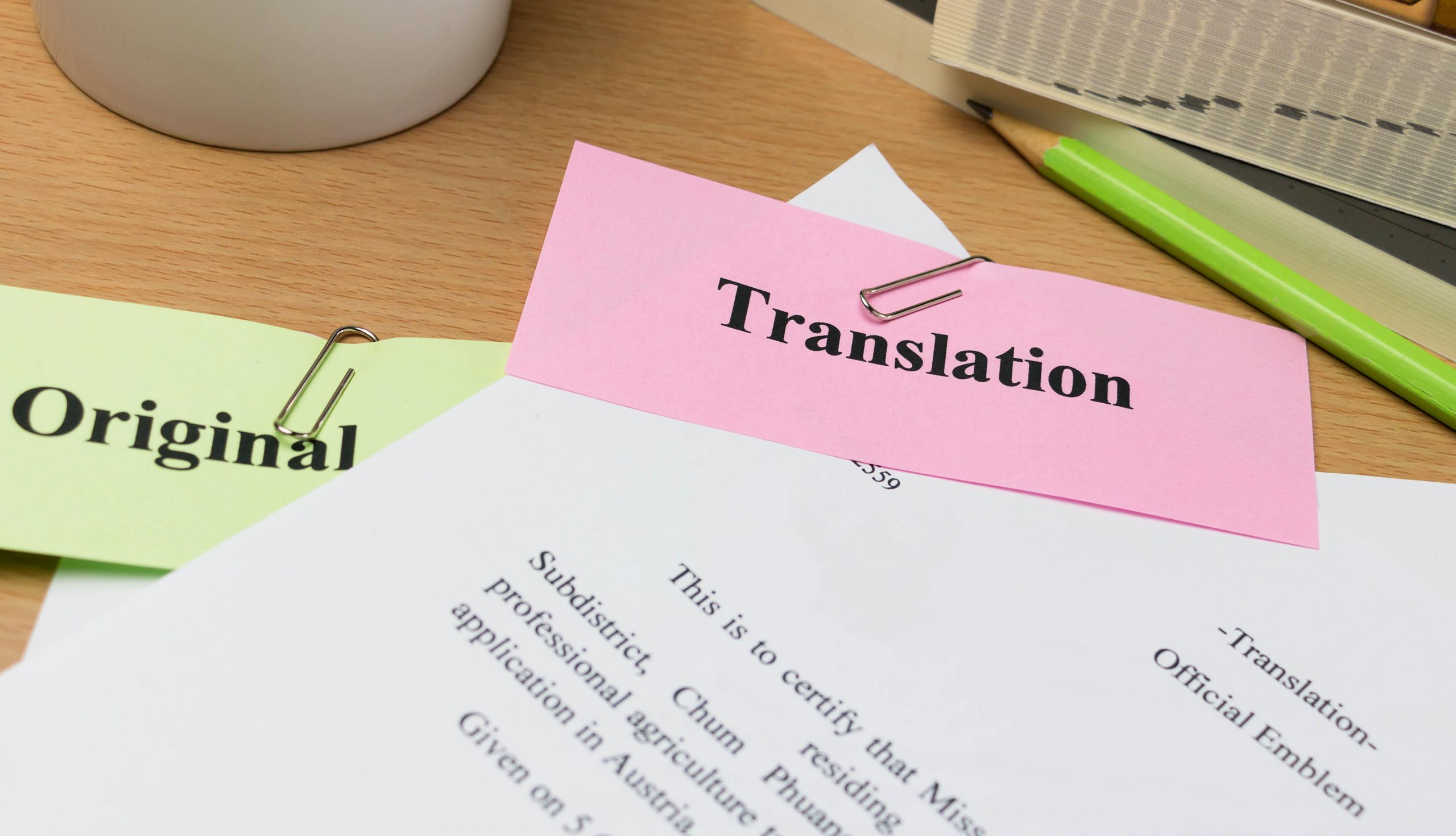Effective communication and the dissemination of knowledge is essential in the realm of academia. Language is often a barrier to academic research and papers that cross borders. This is why academic translation, specifically paper and journal translation, is a vital tool. This article explores the nuances and significance of academic translation and sheds some light on the role it plays in bridges the gap between languages and helping facilitate global exchange of scholarly research.
Understanding Academic Translation
Academic translation is a special form of translation that deals with the conversion of academic papers such as research papers, journals and scholarly papers from one language to another. It is a highly skilled job that requires not just linguistic skills but also a deep knowledge of the topic and the academic context.

The purpose of academic translation is to ensure that the spirit, tone, and intent of the text remain as it is rendered in a different language. This will ensure that the translated text reads as fluidly as the original and is as consistent as the original.
The importance of paper translation
Research papers are the heartbeat of academic advancement and knowledge sharing. Research papers that is written in a language that can only be comprehended by a tiny number of people will have a much smaller impact. Translation of papers is essential in this case.
The paper translation process is the method of translating research findings and methodologies into another language. Most often, this targeted language is English in order to make it available for worldwide distribution. This allows researchers from around the world to work together, share their thoughts and contribute.
Navigating the World of Journal Translation
Journals are the bedrock of academic communication. They provide a platform for researchers to share their findings and insights with others. But, barriers to communication can stop this vital sharing of knowledge. Journal translation addresses this issue.
Journal translation involves translating complete academic journals, including their articles, abstracts, as well as supplementary materials, into a targeted language. Academic journals can thus be read by a global audience and ensure that research will be accessible to the wider academic community.
The Academic Role Paper Translation
Academic paper translation is an aspect of translation focusing primarily on translating research papers into a target tongue while maintaining their original purpose and meaning. The aim is to protect integrity while making research accessible to a larger public.
The expertise in the subject matter is vital to the translation of academic papers. Academic translators need to be conversant with the complex language, methods and nuances that are specific to their area of study. They must also be familiar with the academic style of writing in order to ensure the translation is smooth and reflects the original paper’s structure and style. For more information, click 學術論文翻譯
Unveiling Process
Academic translation regardless of whether it is for papers or journals, follows a process that is systematic to ensure precision and accuracy. Here’s a quick overview of common procedures:
The first step is to review the article or journal to determine the scope, subject matter and its complexity. This assessment aids in determining the best translation strategy.
Glossary and Terminology: Producing a glossary of subject-specific terminology is vital. To ensure consistency and accuracy it is essential to utilize the same terminology in all your translations.
Translation is the principal stage in which text is transformed from the original language into the target. Translators make sure to select the correct terms and phrases that convey the original meaning clearly.
Review and Editing: Translated content is checked and edited to make sure it aligns with the original paper or journal’s intentions. In this process all errors and discrepancies are fixed.
Proofreading The process of proofreading thoroughly is completed on the final version to correct any remaining mistakes of punctuation, grammar or formatting.
The Youyitang Approach
Youyitang is an industry leader in the field of academic translation. It is distinguished by its dependability and experience. Youyitang stands out for its commitment to maintain the top standards in academic translation. They employ academic translators that are well-researched as well as rigorous academic training and profound writing abilities.
One of the best aspects of the approach taken by Youyitang is their dedication to handling every manuscript with the utmost accuracy. The translated version reads as smoothly as the original work and leaves no trace of translation. This level of precision is vital to ensure that the originality and quality of the research are retained in the translated version.
Breaking Language Barriers The Global Impact
Through the use of academic translation researchers and scholars can transcend language barriers and ensure their important contributions are recognized and appreciated worldwide. The impact of academic translation is not overstated. It facilitates collaboration, encourages the exchange of ideas, and promotes a vibrant academic debate that transcends geographical boundaries.
In the end, academic language, whether in the form of journal translation or paper is a potent tool that facilitates the exchange of information in the academic field. As the world continues to embrace an academic community that is global, the role of academic translation becomes more crucial in encouraging collaboration, understanding, and advancement in a wide range of disciplines.